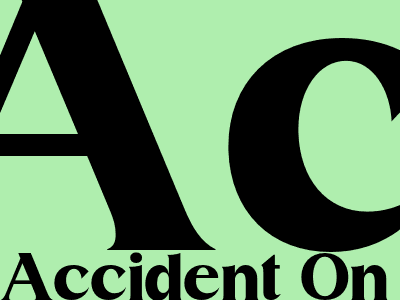What is On-Page SEO and How to Improve It
Overview
On-page SEO (search engine optimization) refers to the optimization of individual web pages to improve their visibility and ranking in search engine results pages (SERPs). It involves optimizing various elements within a web page, such as content, structure, and technical aspects, to make it more relevant to specific search queries and user intent.
By implementing effective on-page SEO techniques, websites can enhance their organic visibility, attract more qualified traffic, and achieve higher conversion rates. Here's a comprehensive guide to help you understand and improve your on-page SEO strategy:
Content Optimization
Keyword Research and Optimization
Conduct thorough keyword research to identify relevant and high-volume keywords that your target audience is searching for. Incorporate these keywords naturally into your page titles, headings, and body text, but avoid keyword stuffing. Use keyword variations and synonyms to enhance relevancy and avoid over-optimization penalties.
High-Quality and Informative Content
Create unique, engaging, and informative content that provides value to users. Ensure your content is well-written, grammatically correct, and easy to read. Use clear and concise language, avoiding excessive jargon or technical terms that might alienate your audience.
Content Structure and Organization
Structure your content using headings (H1, H2, H3, etc.) and subheadings to create a logical and easy-to-navigate page. Use bullet points, lists, and tables to break down complex information and improve readability. Optimize the length of your content based on user intent and keyword competition.
Technical Optimization
Page Speed and Performance
Speed is a crucial factor in user experience and SEO ranking. Ensure your web pages load quickly on all devices by optimizing images, reducing redirects, and minifying code. Use tools like Google PageSpeed Insights or GTmetrix to analyze your page speed and identify areas for improvement.
Mobile Responsiveness
With the majority of web traffic coming from mobile devices, it's imperative to ensure your website is mobile-responsive. Use responsive design techniques to adjust the layout and content based on the screen size of the device, providing a seamless user experience across all platforms.
URL Structure and Optimization
Use clean and descriptive URLs that accurately reflect the content of your pages. Avoid using excessive parameters or session IDs. Implement URL rewriting to create user-friendly and search engine-friendly URLs.
Other Important Factors
Internal Linking
Interlink relevant pages within your website using appropriate anchor text. This helps search engines understand the relationships between your pages and distributes link equity throughout your site.
Image Optimization
Optimize images for web by using descriptive file names, alt tags, and appropriate file formats. Alt tags not only provide additional information to search engines but also serve as accessibility aids for visually impaired users.
Use of Social Media
While social media signals do not directly impact search rankings, they can drive traffic to your website, generate backlinks, and amplify your brand visibility. Encourage social sharing by including social media buttons on your pages.
Conclusion
Effective on-page SEO is essential for improving website visibility, attracting qualified traffic, and achieving higher conversion rates. By focusing on content optimization, technical enhancements, and other important factors, you can enhance the overall user experience and make your web pages more attractive to search engines. Remember to continuously monitor and adjust your on-page SEO strategy based on evolving search engine algorithms and user behavior to stay ahead in the competitive digital landscape.

Komentar